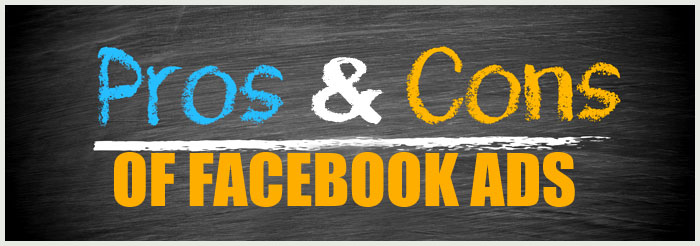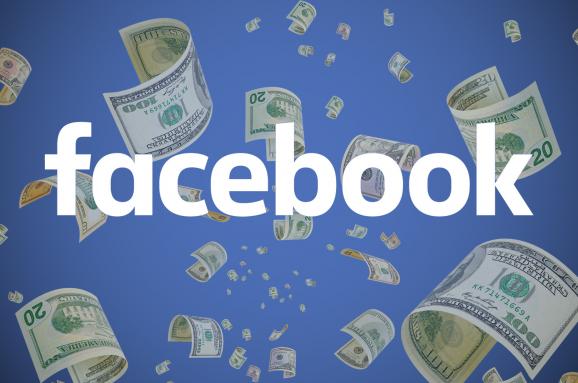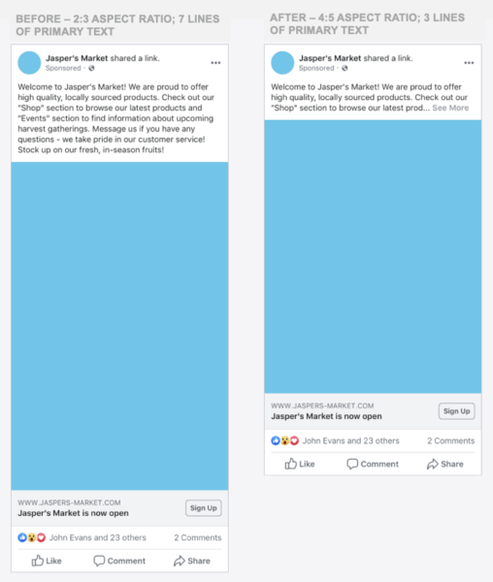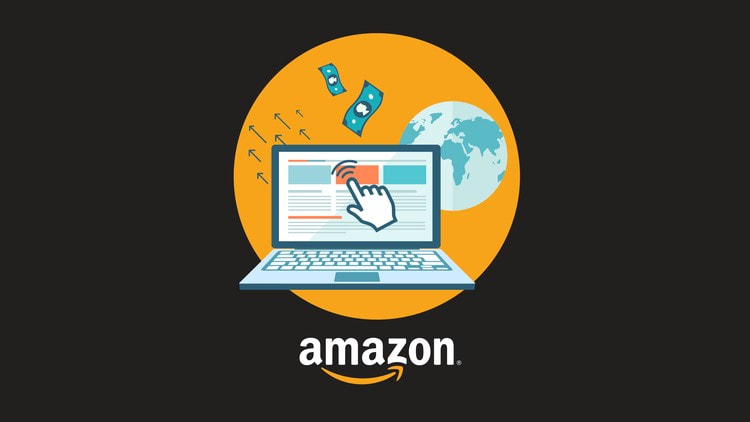|
Celebrity sells, and even with your best efforts at focusing on conventional strong points for growing an e-commerce business, it may be time to cash in on the notoriety of big names. That’s the reality for a lot of merchants, but not all. Your store might realize a so-so benefit from investing in this trend. Let’s look at the pluses and the minuses. Influencer marketing typically harnesses the high-profile status of well-known (and sometimes surprisingly not so well-known) “influencers,” meaning people with immense followings on social media. Endorsements, product mentions, personal stories – they all attract interest. Whether it’s a big name like Kardashian, or a Johnny-Come-Lately who has grown a big audience and mass presence through clever marketing, leveraging this type of sales strategy can be lucrative. Influencer marketing is also a form of branded content; not a one-size-fits-all concept. It’s hard to deny the effect of social media on virtually all consumer demographics, making sites like Facebook (Meta), Instagram, Twitter, TikTok, and various and sundry platforms a critical asset to market products you sell. Experts estimate that U.S. marketers will engage in some form of influencer marketing to the tune of nearly 73 percent in 2022. Want more stats? An estimated 14 percent of 18-to-24 year olds and 11 percent of millennials made a purchase within the last six months, strictly driven by influencer marketing. The concept is anything but new, and dates back to celebrity TV ad endorsements from decades earlier. In 2022, influencers might be successful bloggers who have grown a following over the years. Parenting blogs, fitness blogs, foodie blogs, and fashion blogs are common examples. Non-famous individuals have built large audiences with sheer creativity and relevance. And even better, people trust them. How do you absorb the cost of influencer marketing? Particularly in light of an imperfect method to measure metrics for return-on-investment, it’s an important question. What once was “paid partnerships” has morphed into “sponsored posts.” And for the privilege of hopping on board, the unspoken industry standard is $100 per 10,000 followers. Deciding between quality and quantity is another consideration: are you seeking a broad reach, or does your product line(s) call for a more tailored approach? As Instagram is considered the gold standard for influencer marketing, start there. Influencers usually offer a press kit with the details you need to make a decision. A typical Instagram sponsored photo post caption might set you back under $2,000 for an influencer with fewer than 100,000 followers. To get started, you should start slow and build up. Here are a few tips to keep in mind if you’re pitching on Instagram:
Photo by Verena Yunita Yapi on Unsplash
0 Comments
Ecommerce vendors attempting to keep up with a litany of challenges in practical, technical, and non-tangible realms share a common objective: attracting attention and acquiring customers. Seasoned veterans have adapted organically, watching trends unfold over time. Newcomers scramble to digest a flux of information in a cost-effective manner, hoping to make investments that count.
This third in a series of blog entries establishes the importance of social media behemoth Facebook as a compelling place to market your goods. As with everything, there are pluses and minuses, and everything in-between. With that out of the way, there is no discussion of advertising in 2019 that does not begin with Facebook. The giant of social media platforms is entering its 12th year as a pastime for a general audience, having started as a fun and easy way to connect with college classmates. Its exponential growth has myriad explanations, and one of them makes Facebook an utterly irresistible place to throw your ad dollars. It’s called domination. Monopoly may be too strong a word, but the US Department of Justice is targeting the California-based firm for anti-trust violations. It’s a familiar tune with Facebook stockholders; governments have come after Mark Zuckerberg’s company before and collected big fines. It’s also not news to those in the know. Zuckerberg faced protracted, high-profile litigation when he was accused of appropriating the idea earlier this century from a pair of twin brothers, and was forced to pay them handsomely in a landmark civil settlement. How the granddaddy of all social media platforms may be your best advertising bet
Whether you’re a seasoned, high-volume ecommerce vendor, or a rookie who’s just starting out, chances are you will devote a significant amount of time toward mapping out an advertising strategy that hits the right balance of effectiveness and affordability. Visual advertising is the go-to for ecommerce; unlike other business models, consumers have little chance of finding you in the traditional ways. Social media—the center of all ecommerce, for obvious reasons—is the most effective method of moving your merchandise. The name recognition of Facebook is practically indisputable. Though it’s a mix of positive and negative, it seems to be the cyber gathering spot they just can’t quit. With an estimated 2.4 billion active users worldwide, there is little doubt it will be a big draw for small- and mid-sized vendor companies for the foreseeable future. We’ve already covered the recent shift in ad mechanics Facebook is imposing: The Incredible Shrinking Ad Size. Some businesses aren’t terribly concerned; others fear their strongest attribute to product depiction is its photographs, and if those are scaling down, it may decrease interest among potential customers. But if the social media giant is still your favorite target for ad dollars, or if you’re still on the fence, here are some relative stats, and ways you can make the platform work for you. The essential difference between Google Ads and Facebook ads are searching vs. direct hits. Paid searches help customers find your site, while paid social advertising hopes to rope in new customers based on a specific product. A picture may be worth a thousand words, but words are powerful, and changes that hit the Facebook platform may be painful.
So say analysts reviewing new policies freshly implemented by the behemoth of all social media, and it could be a gigantic headache for those who write ad copy. This shift in ad sizes was announced at a recent F8 conference, but the company has been somewhat stealth with respect to public information. Ad revenue is their bread and butter, naturally. And with more than 2 billion worldwide users, they are sharply focused on building a venue for paid advertisers, often at the expense of user experience. Nonetheless, the company continues to tweak its advertising options. Here’s what’s happening: Facebook feed ads viewed in mobile mode (and let’s face it, few are using full-size computers these days) are shrinking. These “creative restrictions” make the image size and the amount of text smaller, with images reduced to a 4:5 aspect ratio from the current 2:3. Along with that is a text reduction from seven sentences to three – a tremendous drop by any measure. Prioritizing ad copy words Though users will be able to access more lines by clicking a “see more” link, the game is now changed. As anyone who has written for limited space platforms knows, the visible text is critical for engagement, and if that text is cut in less than half, it will be more important than ever to employ an economy of words with the most benefit. With mobile devices already small in scale, that means even a typical one-liner with an inducement – the bread and butter of marketing lead-ins – won’t fit. And that hurts. Beyond the written word, you’ll be dealing with a shrinking graphical allotment. This will require image redesigns, along with the judgment call on how small to make your overlay text. The good news is that Facebook prepped for this sea change, perhaps to quell the tide of resistance. Their Video Creation Kit tool allows for a semi-automated process to make it easier through scaled image resizing. The kit also offers more templates that ostensibly provide flexibility to accommodate this curtailed space issue. They didn’t name it Amazon for nothing.
As if the king of all internet retailers hasn’t dominated enough sectors, it’s now among the top platforms for advertising. There are good reasons for that, and none of them should be a surprise. Just as Facebook took the social media world by storm, effectively lining out competitors, Amazon is well on its way to becoming the premier commerce player of all time. Aside from negative press surrounding unfortunate stories of porch package thefts, their rep is quite stellar, even as they creep toward a quasi-monopoly territory that has retailers concerned. And why not? Eclipsing the 600 million product mark in 2018, it seems there isn’t much you can’t find on the popular site. Add to that two-day delivery with its Prime feature, and you have a massive cabal of captive targets. More than 300 million of them, to be exact. This is where you come in. Whether or not you use Amazon as a sales platform, you should be giving serious consideration to its advertising feature. Not too much of a departure from Google Ads, Amazon creates a seamless search function for site users to locate a product. Sponsored posts appear at the top, designated as such in a subtle way. That puts your offering front and center to a consumer directly searching for it on a favorite portal. |
Archives
October 2021
Categories
All
|








